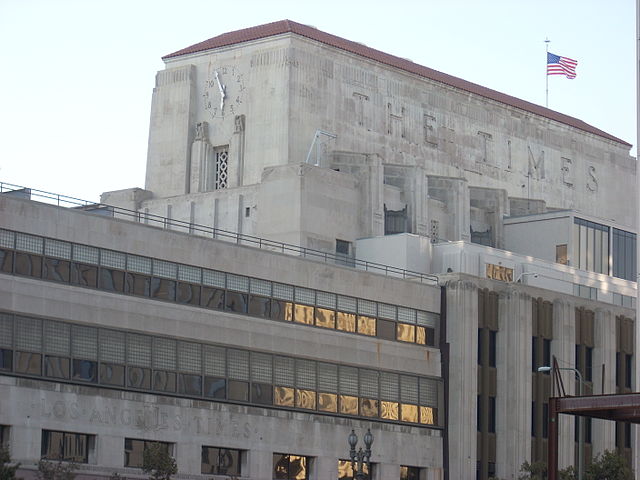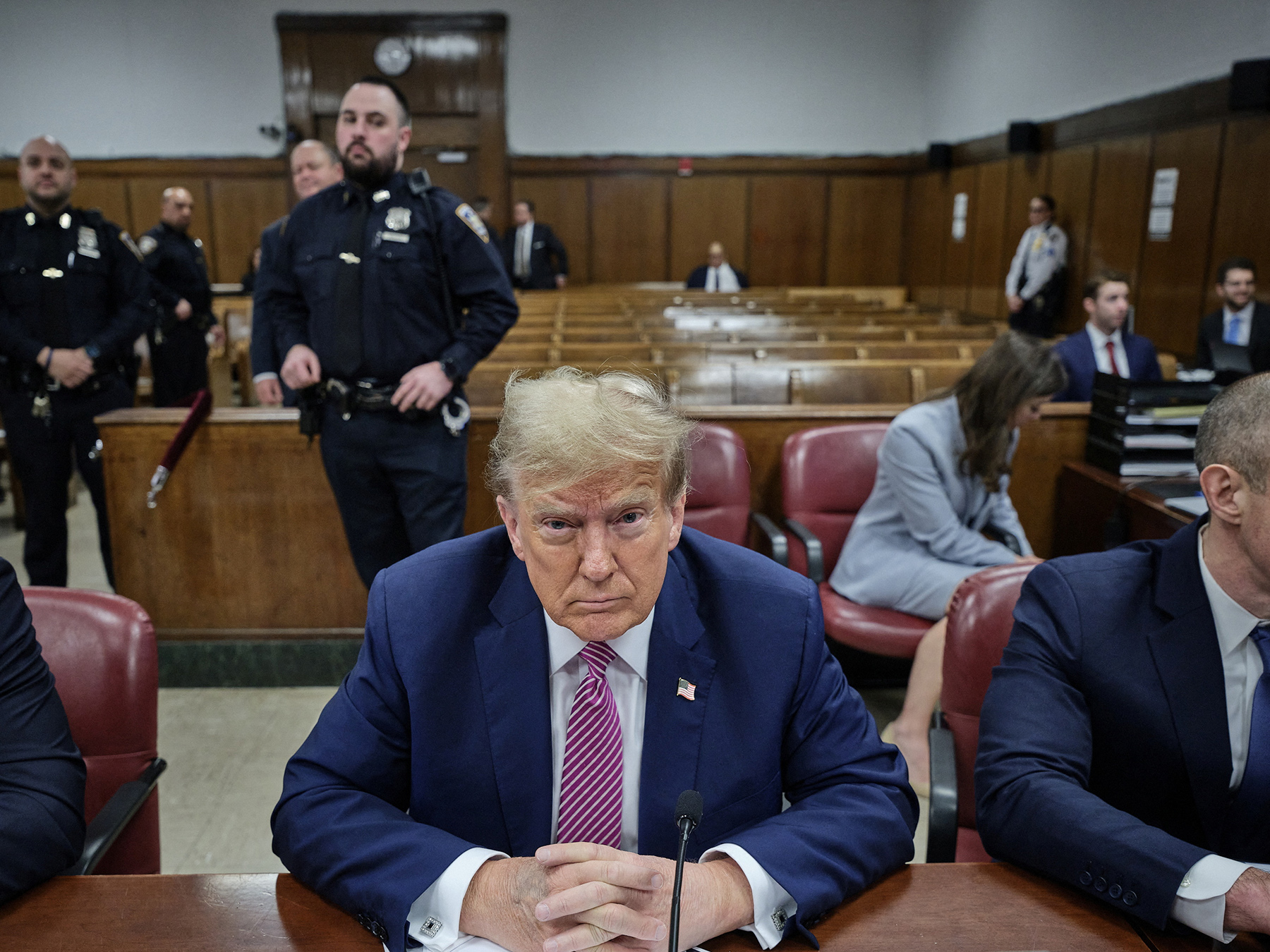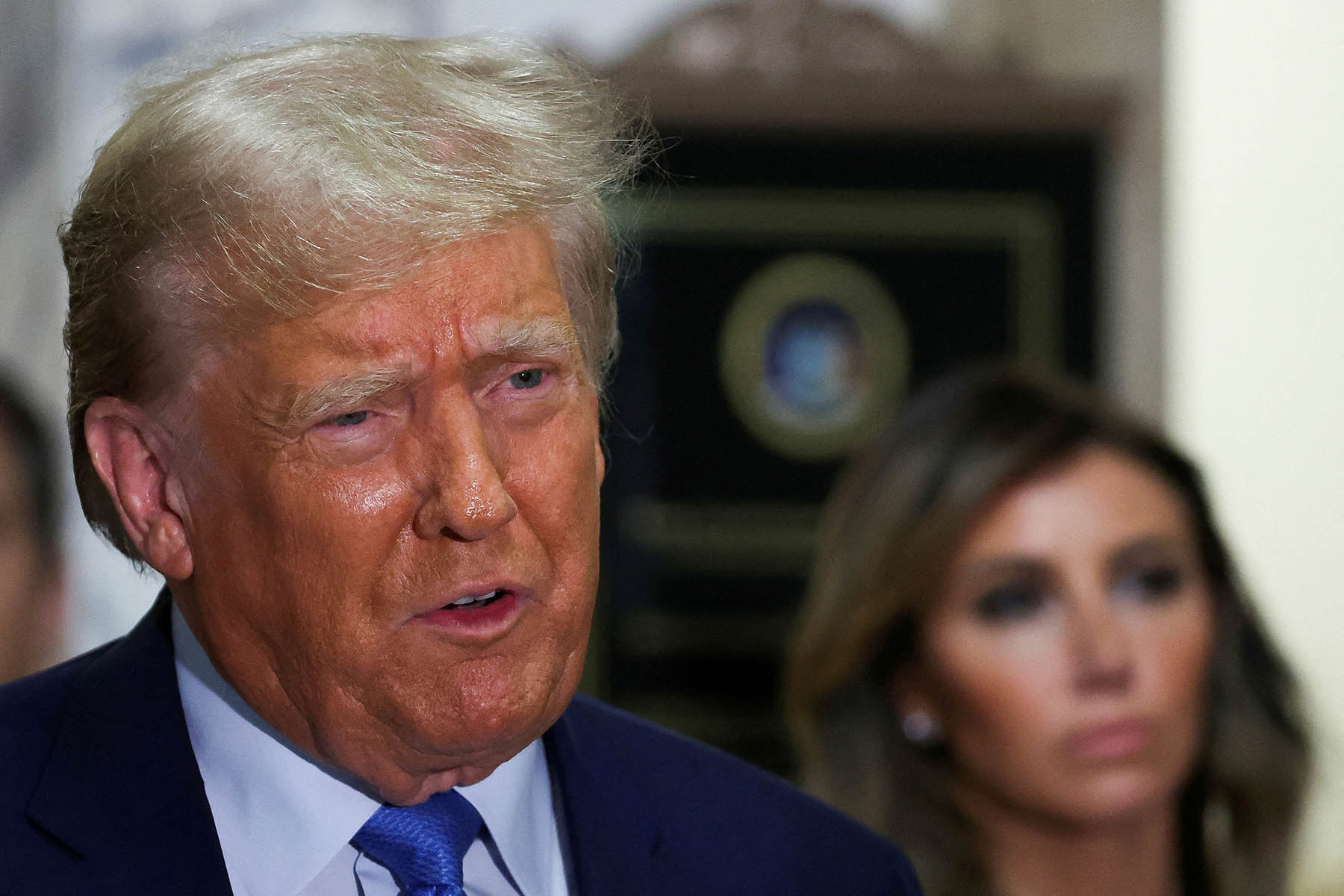July 17, 2018: Judge Lifts Order On LAT To Remove Information From Article
A federal judge lifted the order requiring the Los Angeles Times to remove information from an article that contained mistakenly published information. The judge said at a hearing that he was initially unsure about if the paper accessed the document legally, but has concluded that a clerical error led to its publishing. He explained that the injunction was a move to protect the detective’s safety. The Los Angeles Times removed part of the article but challenged the ruling.
Los Angeles TimesJuly 16, 2018: The Injunction Against LAT Met With Backlash From Press Freedom Groups
The Reporters Committee For Freedom Of The Press and 59 news media organizations signed an amici curiae in support of the Los Angeles Times.
Reporters Committee For Freedom Of the Press Amicus CuriaeThe Los Angeles Times Editorial Board writes that the judge’s order is “an egregious attack on well-established principles of American liberty.”
It’s as if a 20th century judge had ordered The Times to pick up its printed newspaper from every driveway in which it had landed. As a practical matter, it’s too late for that. And as a matter of liberty — the freedom from shocking restraints on the flow of information — it’s dangerous.
July 15, 2018: Can the Los Angeles Times Be Forced to Take Down a Published Piece?
On Saturday, the Los Angeles Times took down part of a published piece that detailed information obtained from documents erroneously published on PACER, a public legal documents site. The plea agreement between prosecutors and a detective caught in a sting operation had been posted on PACER despite Judge John F. Walter of United States District Court for the Central District of California ordering it sealed after the detective pled guilty to several charges. The Times made the decision to publish based on the story’s newsworthiness and intends to fight the ruling. “There is sort of constant effort to nibble away at the First Amendment, and I think there is an obligation to respond to that and push back,” said Norman Pearlstine, the paper’s executive editor, according to the New York Times. Of note is the due process problem: the injunction was issued without the newspaper being party to the suit or being called to the courtroom for a hearing.
New York Times Los Angeles Times The Hill The Volokh Conspiracy Temporary Restraining OrderFor more information see FAW’s piece on Prior Restraints.
Tags




